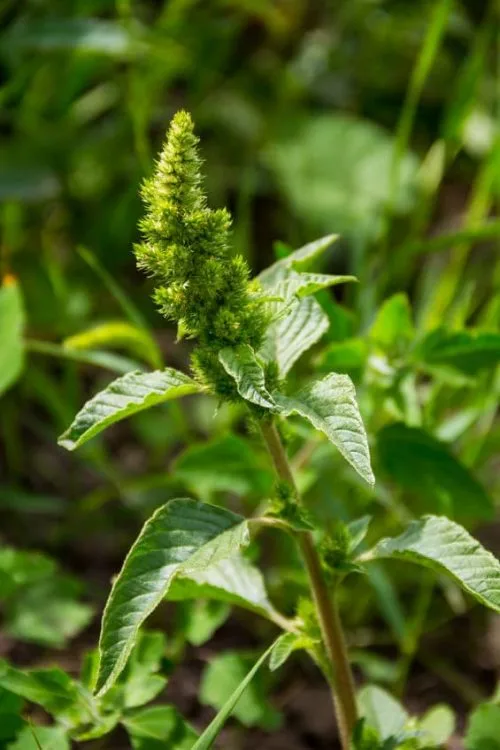To prevent weed growth in your lawn, you must understand the characteristics of weeds. We’ll explain more in this article, as well as how to eliminate a weed infestation.
Weeds are unwanted plants. We all know that. But, how do you get rid of weeds while not damaging the surrounding plants? We’ll answer that and more specifically should you treat your lawn for weeds in the fall.
Fall Weed Prevention
Weeds belong to two categories. These include the warm and cool-season weeds.
Warm-season weeds have an annual cycle, and at the end of the season, they scatter their seeds to ensure the growth of future weeds.
So at the end of summer or early fall is when the warm-season weeds will scatter their seeds. This is the time to treat your lawn with Pre-Emergent fertilizer. This will kill the seeds before they have a chance to grow in the spring.
The cool-season weeds are perennial. If they are not treated at the initial growth stages, then the probability of their regrowth increases. Upon reappearance, they also lay their seeds across the plants.
Common types of weeds include bluegrass, nutsedge, henbit, crabgrass, purslane, wild aster and burr weed.
Cool and warm-season weeds require different treatments for weed prevention. That’s why it’s recommended to give your lawn several treatments throughout the year. Fall included.
Adequate Fertilization
Fertilizing your lawn is an effective way to prevent weeds. Adding nitrogen-rich fertilizers to your grass can ensure optimum plant growth.
However, avoid the extremes of adding too many fertilizers, because weeds can take up the excess nourishment and use it for growing.
It’s important to follow the suggested ratios based on your particular grass type. Most common in North Texas are Bermuda, Zoysia and St. Augustine, sometimes mixed in with ryegrass or fescue.
On the other hand, do not under-fertilize your lawn and plants! Under-nourished foliage, including grass, is more susceptible to weed infestations. Strike a healthy balance with pre- and post-emergents throughout the year.
Water Supply
Keep your grass healthy by constantly supplying water. Regularly watering your plants can enhance their growth, and as they thrive, the weeds continue to die.
Do not keep your plants dehydrated because such conditions are optimum for weed growth and deteriorating for fall plants.
Check our watering guidelines by grass type for more info.
Conclusion
Weeds have the nature to come back to the place where they have already grown. They leave their seeds to continue the weed lineage.
To completely remove weeds from your lawn, contact Evergreen Lawn & Landscape.



Comments (0)
Thanks for your comment!
Thanks for your feedback! Your comments have been successfully submitted! Please note, all comments require admin approval prior to display.
Error submitting comment!
There is a problem with your comment, please see below and try again.